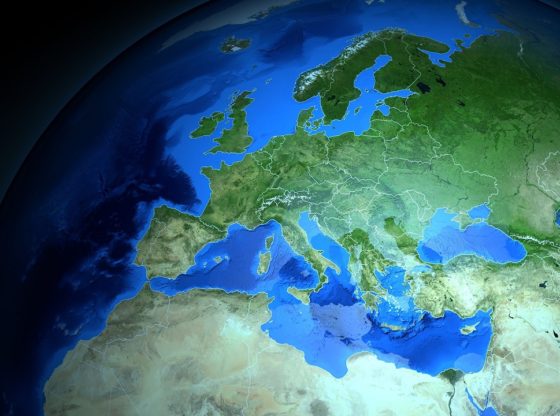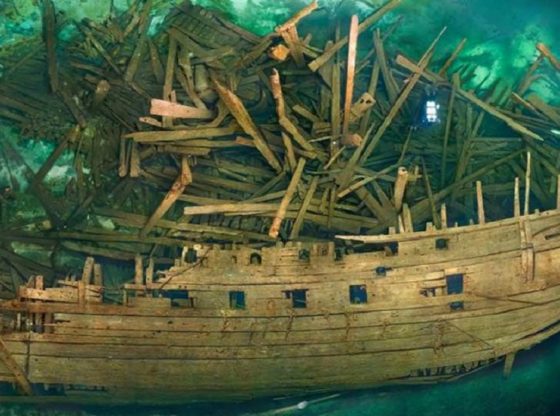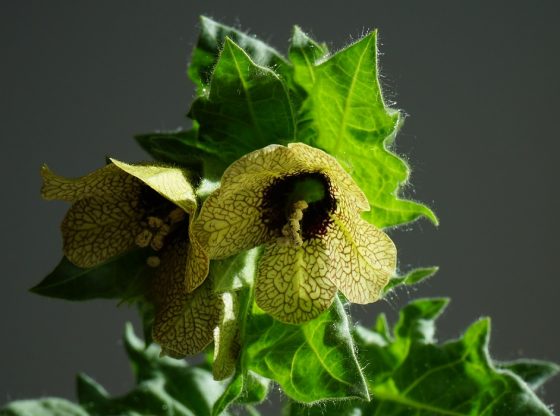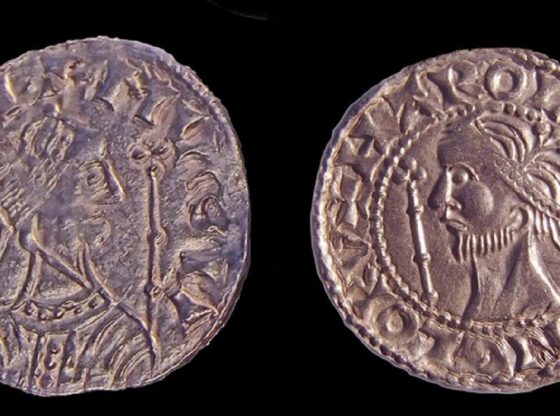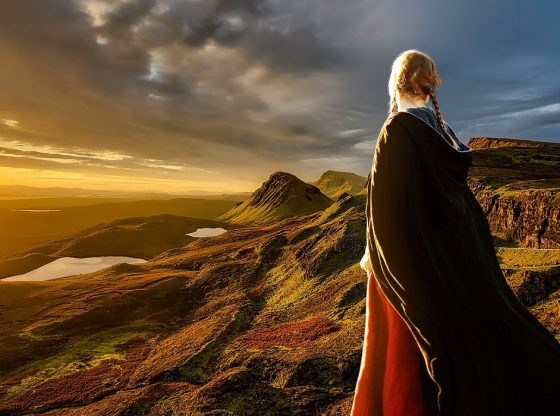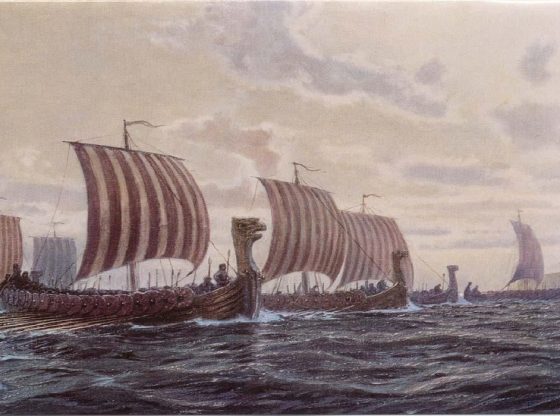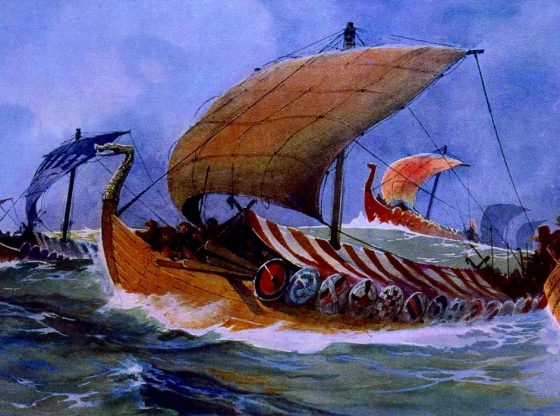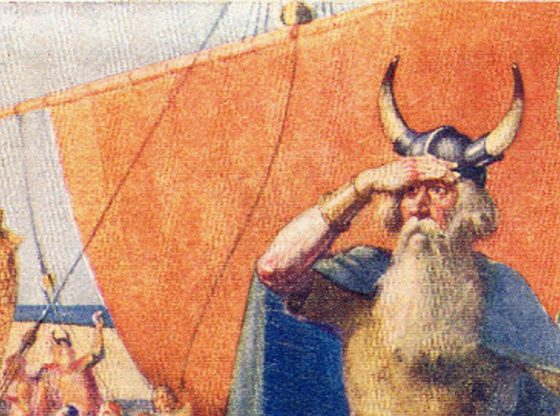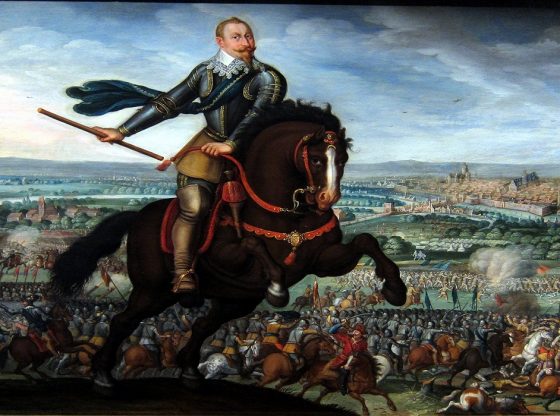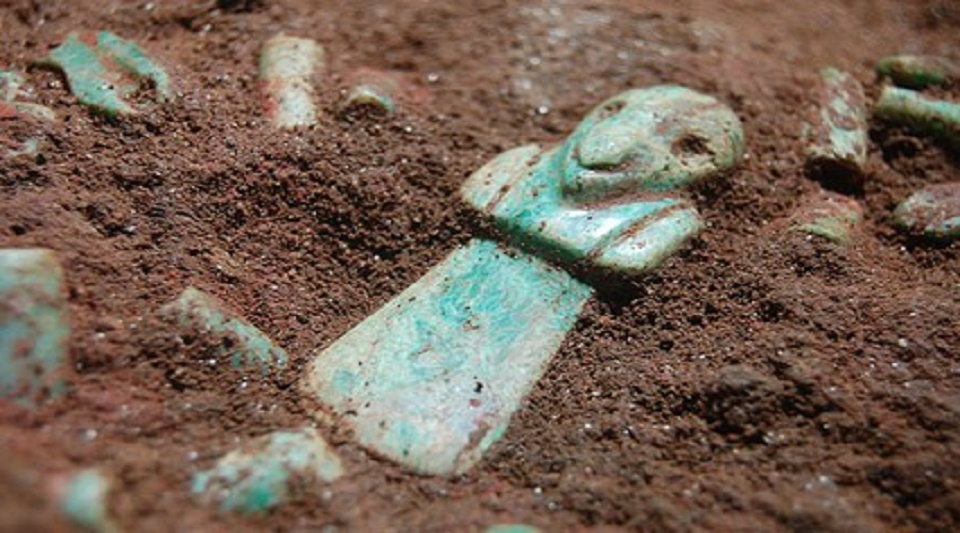
Archaeologists in southern Guatemala have unearthed what they believe is the world’s oldest burial by the Mayans. They have uncovered the tomb of an early Mayan ruler. Finding rich jade jewelry and beautiful decorations.
The tomb of the Mayan ruler Tak’alik Ab’aj, is estimated to have been built between 700 and 400 CE, according to government archaeologist Miguel Orrego – which is several hundred years before the Mayan culture reached its height. The period is therefore classified as belonging to the so-called Mayan Pre-Classical period.
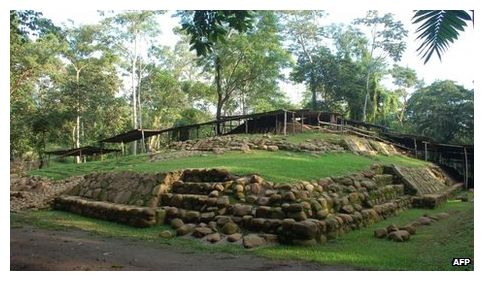
The archaeologists found among other things, a necklace depicting a vulture-headed human figure. This depiction identifies the tomb’s occupant as an “ajaw,” or ruler, according to Orrego.
“This symbol gives this burial greater importance,” Orrego said. “This glyph says he … is one of the earliest rulers of Tak’alik Ab’aj.”
The history of the ancient South America’s is rich with several more or less known civilizations. Such as the Olmec Civilization, which began to fade away around 400 BCE, about the same time as the Mayan Civilization started to pick up its pace in development.
The Mayan later went on to rule much of Central America at their height during the Classical Period around 900 CE. With many cities over a vast area. It was an agriculturally intensive, city-centered empire that consisted of numerous independent city-states. Much like ancient Greece. The Mayan civilization continued throughout the Post-Classic period until the arrival of the Spanish, with the first European encounter in 1511.


